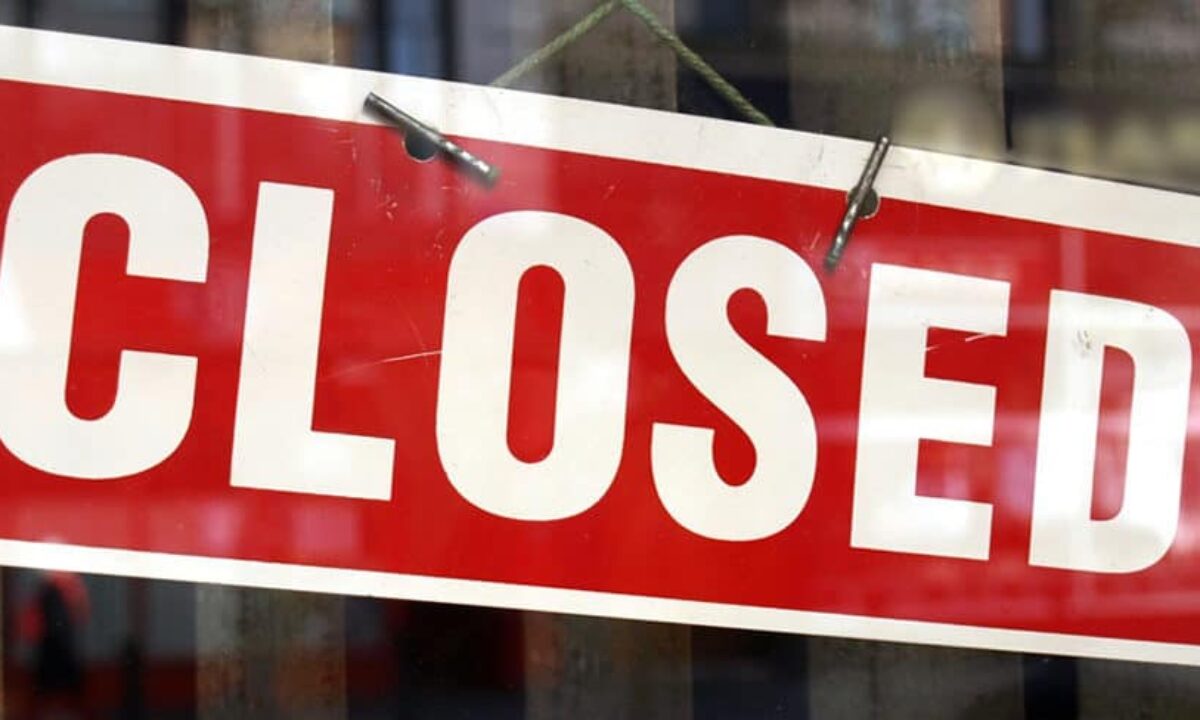The 7-Minute Rule for Company Liquidation
Table of ContentsCompany Liquidation Fundamentals ExplainedThe Ultimate Guide To Company LiquidationThe Single Strategy To Use For Company LiquidationFacts About Company Liquidation UncoveredSome Ideas on Company Liquidation You Need To Know
A liquidator is especially designated to oversee the ending up of a firm's affairs in order for it to be folded generally when the company is going insolvent. The liquidator is a neutral 3rd party who oversees the sale of company possessions in order to pay off any kind of impressive financial obligations.Their function consists of, yet is not limited to: Unbiased Overseer: A liquidator is entrusted with functioning as an objective 3rd party to manage the whole company liquidation procedure. Develop Statement of Affairs: Liquidators have to develop an extensive statement of events document. This document is dispersed to creditors, describing the current economic standing of the company at the time of its liquidation.
After the liquidation of a business, its presence is removed from Business Residence and it discontinues to be a legal entity. If directors browsed the procedure uncreative, there would be no fines or personal liability for solid financial debts expected. Now, with a tidy slate, supervisors can explore new service possibilities, though expert assessment is suggested.
The 2-Minute Rule for Company Liquidation
As an example, if greater than 90% of all business shareholders agree, liquidation can occur on brief notification within seven days, the minimum statutory notification for lenders. However, generally, the larger the liquidation and the even more possessions and funding the business has, the longer the procedure will certainly take. 'Do I need to pay to liquidate my company?', the solution will depend on whether your company has any kind of possessions remaining when liquidating.

We understand that no 2 companies coincide, which is why we will certainly take the time to learn more about your business so we can suggest the very best course of action for you. We just operate in your benefits, so you can be this entirely confident in the service we supply.
Little Known Facts About Company Liquidation.
In the UK, there is an established process to shutting down or restructuring their website a restricted business, whether it is solvent or bankrupt. This procedure is called liquidation and can only be managed by a qualified bankruptcy expert (IP) in conformity with the Bankruptcy Act 1986. There are 4 major kinds of business liquidation procedure: Lenders' Voluntary Liquidation (CVL); Obligatory liquidation; Management; and Members' Voluntary Liquidation (MVL).

In these conditions, it is necessary that the firm stops trading; if the company continues to trade, the supervisors might be held personally liable and it could cause the insolvency expert reporting wrongful trading, referred to as misfeasance, which might lead to lawsuit. The directors select an insolvency practitioner and as soon as this has been concurred and verified, there is a meeting with the investors.
The supervisors are no longer involved in what occurs, consisting of the sale of the firm's assets. If the directors want any of the possessions, they can alert the IP.
8 Easy Facts About Company Liquidation Explained
The major difference is that the business's lenders related to the court for an ending up order which compels the insolvent company right into a liquidation process. Most of the times, financial institutions take this activity as a last hope because they have not obtained repayment via various other forms of negotiation. The court designates an insolvency expert, likewise known as a main receiver, to carry out the mandatory firm liquidation process.
This sort of business liquidation is not voluntary and supervisors' conduct is reported to the UK's Secretary of State once the liquidation procedure has been finished. Any type of supervisor that stops working to coordinate with the IP or has been included in director transgression, or a deceptive act, might result in more serious consequences.
It is made use of as a means to shield the company from any legal activity by its financial institutions. The directors of the company agree to make routine repayments to resolve their debts over a duration of time.
Some Known Details About Company Liquidation
This gives the company with time to develop a plan going ahead to rescue the company and stay clear of liquidation. At this point, directors hand control of the company over to the designated administrator. If a company is solvent but the supervisors and shareholders intend to shut business, a Members Volunteer Liquidation is the right option.
The firm liquidation process is managed by a liquidator assigned by the directors and investors of the business and they should authorize a statement that there are no financial institutions staying. The liquidation process for an MVL resembles that of a CVL in that properties are understood but the profits are distributed to the supervisors and the shareholders of the firm after the liquidator's charges have been paid.